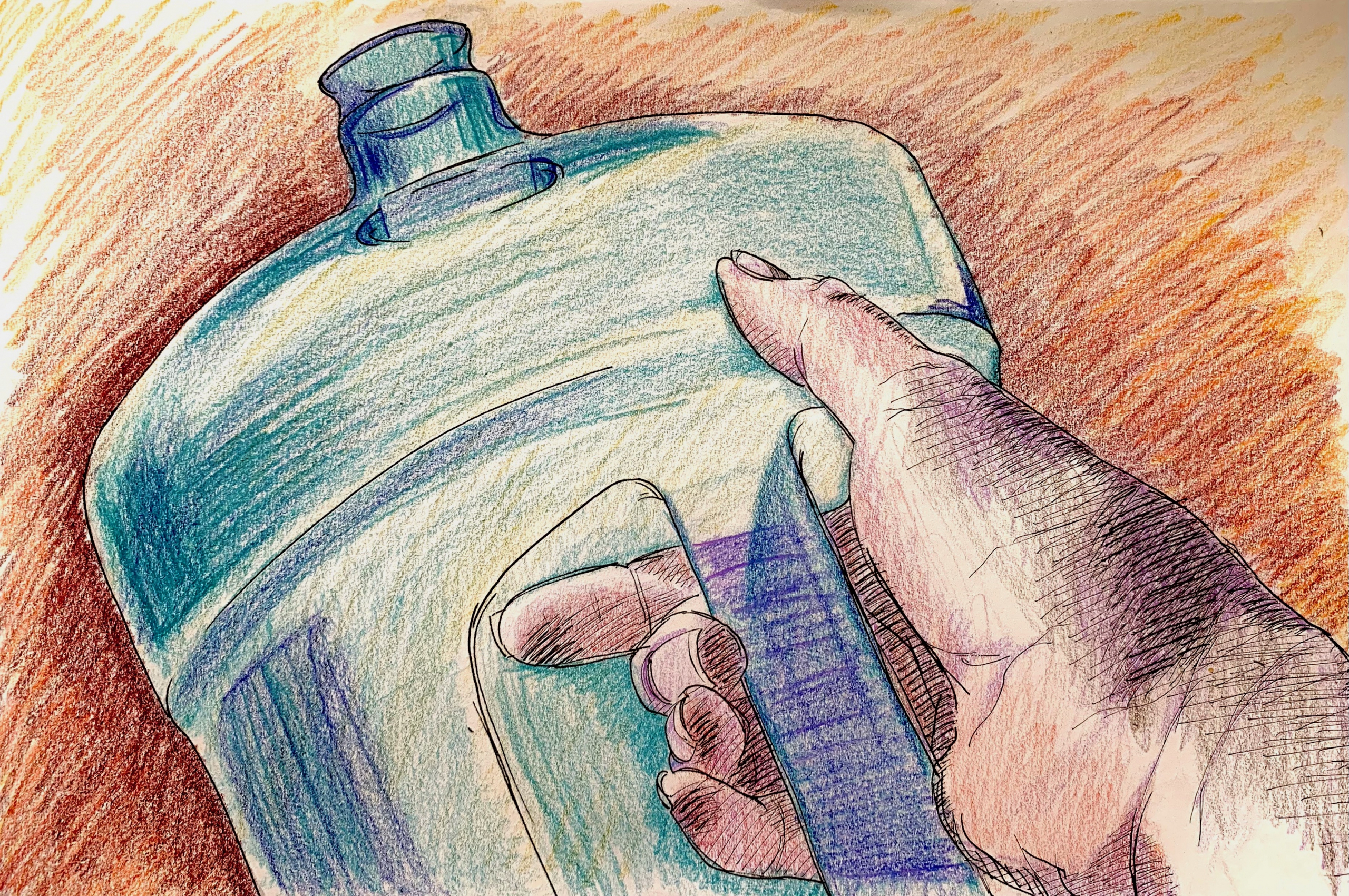In recent weeks, all eyes have been turned to Iqaluit, Nunavut. For over a month, the remote community of around 7,700 people has been in the throes of a crippling water crisis. The area has been in a state of emergency since October 12, when town officials found the water supply to be contaminated with fuel. This declaration only came after a number of complaints of suspicious odours from local residents. In response, the government has sent the Canadian Armed Forces to Iqaluit to assist in efforts to mitigate the emergency.
The toll has been significant to say the least. The situation has not only inflicted acute hardship on the local community — particularly on already vulnerable populations — but has also proved incredibly costly, with alleviatory efforts already costing upward of $1.5 million. The final total will likely be considerably more.
The crisis has garnered the attention of Canadians across the country and people around the world — and rightfully so. The ongoing disaster in Iqaluit is a national disgrace and blemish on our national image.
As Canadians, we like to think that we live in a progressive and prosperous country, a beacon of diversity and equity in a world that so often seems in turmoil. We view ourselves as a nation where everyone has access to certain inalienable rights: education, health care, shelter, food, and clean water, to name a few. As a country, we take pride in this conviction.
Unfortunately, those rights are only guaranteed to some. The fact is that, in many senses, there are two Canadas for two different parts of the population. Often, this divide is drawn on the basis of Indigeneity.
When we look at the water crisis in Iqaluit, we must remember that it is not the only crisis in Canada — it’s just one of the few that garners headlines. While it may have received an increased amount of attention from Canadians, it is far from the only ongoing issue concerning the living conditions of Indigenous peoples in Canada, particularly those living on reserves. More troubling yet is the fact that soon enough, the attention of most Canadians will turn to other issues, and the crisis in Iqaluit will be forgotten.
The situation in Iqaluit is far from an anomaly. It is a singular manifestation of a systemic crisis, and a deeply troubling example of the two-tier system that persists in Canadian society that neglects Indigenous people.
In countless metrics, across countless domains — including health care, education, and shelter — Indigenous peoples, especially those on reserves, fare significantly worse and have a significantly lower quality of life than non-Indigenous Canadians.
There are so many ways to quantify the living conditions of a community that it can seem terribly overwhelming. Focusing primarily on income disparity can prove beneficial, as income is a main determinant of the aforementioned secondary measures and helps better conceptualize and contextualize the issue at hand.
According to the most recent census data available, the median income of people over 14 in Canada was $34,000. By comparison, the median income of Indigenous peoples on reserves was just $17,100. This polarity is staggering, and helps illuminate the great divide between Indigenous peoples on reserves and non-Indigenous Canadians.
One major determinant of future income is education. Not only is there a direct correlation between education level and future earnings, but there is also one between educational attainment and health outcomes. There remains a significant gap between Indigenous people and non-Indigenous people in Canada in terms of literacy rate, numeracy, and technology skills. This gap plays a central role in perpetuating income inequality between Indigenous peoples and non-Indigenous people in Canada.
As with income, educational disparity proves particularly acute in remote and rural communities. It is relatively easy to buy into the mentality that this inequality is not so much a question of Indigeneity but because of the difference between living in urban and rural locations, though this is not necessarily the case.
There are, of course, some inherent educational challenges that exist for any rural community that are not as prevalent in urban centres, including proximity to primary, secondary, and postsecondary institutions; the quality of these institutions; the funding allotted to these institutions; and the availability of advanced courses.
There is no easy way to fix these issues. In sparsely populated areas, educational institutions will inevitably be farther away. Similarly, it will likely be more difficult to attract top-notch teachers and faculty, and have access to schools catered to the particular needs and wants of different students and families.
However, it’s imperative to note that, according to data from the Organization for Economic Cooperation and Development, even in remote and rural communities, educational attainment is significantly lower amongst Indigenous students than their non-Indigneous peers. Clearly, there are intrinsic barriers in place that hinder educational attainment for Indigenous peoples in urban and rural communities alike.
Any attempts to lessen the income disparity between Indigenous and non-Indigenous peoples in Canada must first address differences in educational attainment. Only then can we enact the meaningful change we so desperately need.
William Lloyd is a second-year history and peace, conflict, and justice studies student at Trinity College. He is the co-president of the U of T Model UN Travel Team, an executive team member of the Hart House Debates and Dialogues Committee, and the co-founder and president of the Open Debate Initiative. He was a lead analyst of the G7 Research Group during the 2020–2021 academic year.


